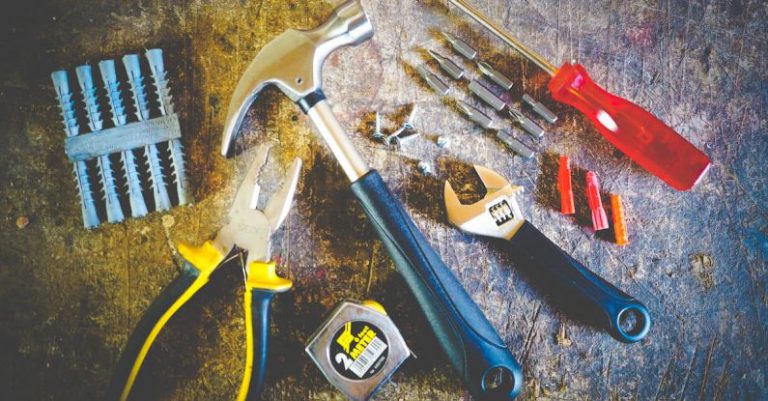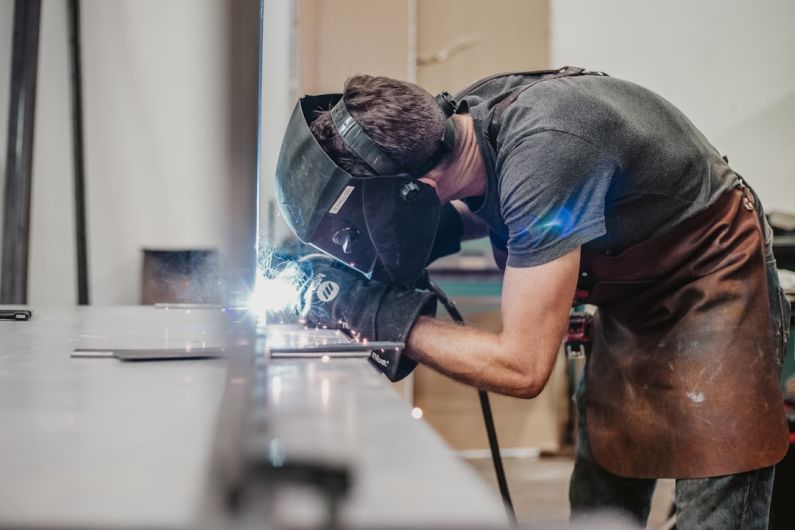How to Use a Multimeter for Home Electrical Projects
When it comes to tackling electrical projects around the home, having a multimeter at your disposal is essential. This versatile tool can measure voltage, current, and resistance, making it a valuable asset for any DIY enthusiast. Whether you’re installing a new light fixture or troubleshooting an electrical issue, a multimeter can help you determine the problem and find a solution. In this article, we will guide you through the basics of using a multimeter for home electrical projects.
Understanding the Multimeter
Before diving into the specifics, it’s important to have a basic understanding of how a multimeter works. A multimeter consists of three essential components: a display, a dial, and two probes. The dial allows you to select the desired function, such as measuring voltage or resistance, while the probes are used to make contact with the electrical circuit. The display shows the measured value in the unit of the selected function.
Safety First
Before using a multimeter, it’s crucial to prioritize safety. Always ensure that the power is turned off before making any measurements. Additionally, make sure to wear protective gear, such as safety glasses and gloves, to minimize the risk of accidents. It’s also advisable to have a basic understanding of electrical safety protocols and to follow them rigorously.
Measuring Voltage
One of the most common uses of a multimeter is measuring voltage. To measure voltage, set the dial to the voltage function (V) and connect the probes to the circuit. The red probe should be connected to the positive side, while the black probe should be connected to the negative side. Once the probes are securely connected, turn on the power and read the voltage value displayed on the multimeter. Always remember to turn off the power before disconnecting the probes.
Measuring Current
Measuring current is another important function of a multimeter. To measure current, set the dial to the current function (A) and connect the probes to the circuit. However, unlike voltage measurements, current measurements require the multimeter to be connected in series with the circuit. This means that you need to break the circuit and insert the multimeter between the two disconnected ends. Once the multimeter is properly connected, turn on the power and read the current value displayed on the multimeter. Remember to turn off the power and reconnect the circuit once you’re done.
Measuring Resistance
In addition to voltage and current, a multimeter can also measure resistance. To measure resistance, set the dial to the resistance function (Ω) and disconnect the circuit from any power source. Connect the probes to the two ends of the component you want to measure. The display will show the resistance value in ohms. It’s important to note that some components need to be disconnected from the circuit for accurate resistance measurements.
Troubleshooting with a Multimeter
When faced with an electrical issue, a multimeter can be your best friend. By using the various functions of a multimeter, you can identify faulty components, detect short circuits, and locate open circuits. By systematically testing different parts of the circuit, you can narrow down the source of the problem and take appropriate action.
In conclusion, a multimeter is an indispensable tool for any DIY enthusiast dealing with home electrical projects. By understanding how to use a multimeter and following proper safety protocols, you can confidently tackle a wide range of electrical tasks. Whether you’re measuring voltage, current, or resistance, a multimeter provides accurate readings that can help you troubleshoot and resolve electrical issues effectively. So, next time you embark on a home electrical project, make sure to have a multimeter by your side.






